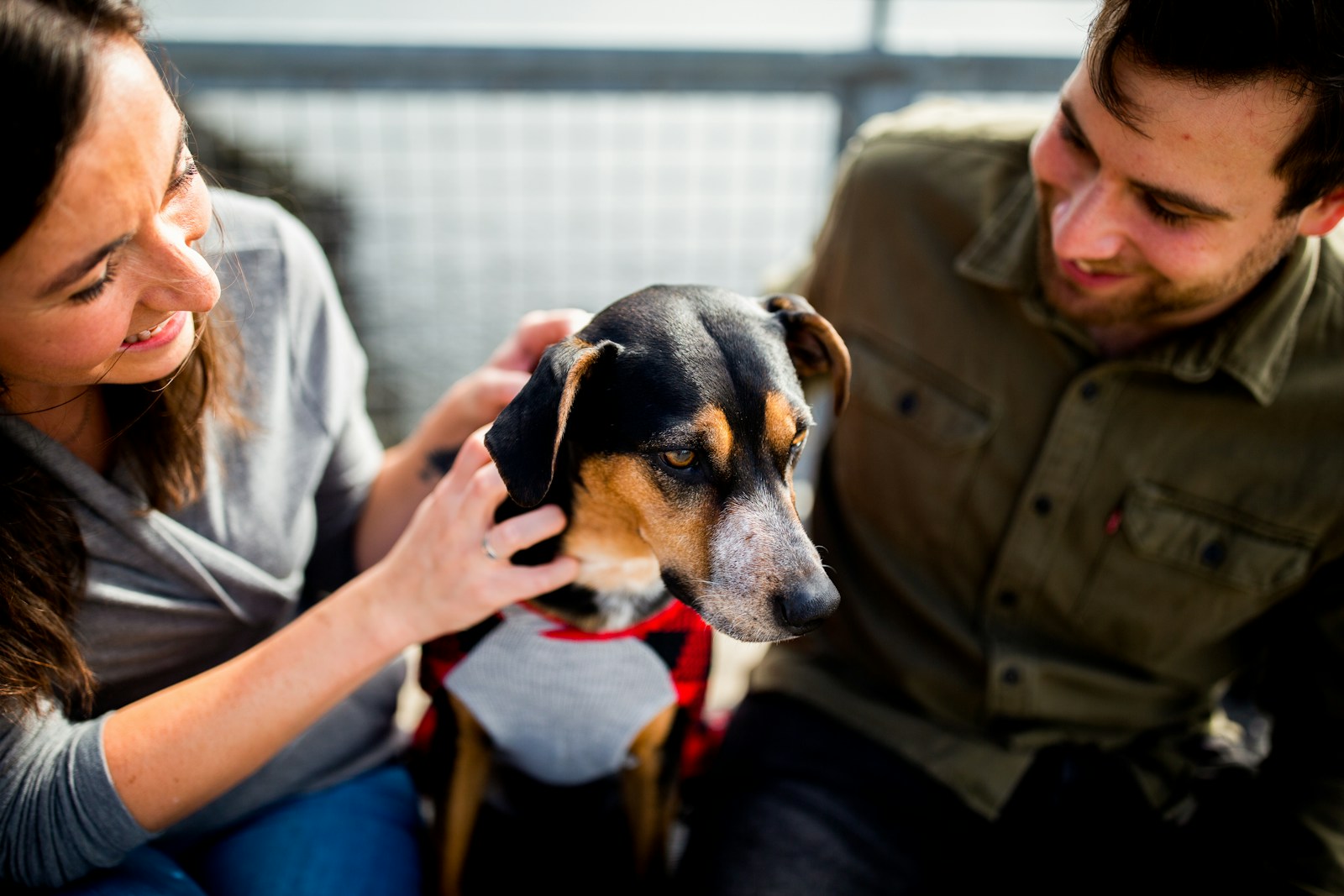Introducing your canine companion to a well-thought-out exercise routine is more than just physical activity; it’s a lifestyle that fosters a healthy, happy, and well-behaved dog. Regular exercise not only improves physical health but also provides mental stimulation, curbing destructive behaviors and promoting a harmonious relationship between you and your pup. In this guide, we’ll delve into the world of canine exercise, offering insights on creating a routine that aligns with your dog’s needs and energy levels.
Types of Exercises
Dogs, much like humans, benefit from a diverse range of exercises that cater to their physical and mental well-being. From classic activities like walking and running to engaging in more interactive forms of play, understanding the various types of exercises ensures a holistic approach to your dog’s overall health.
Establishing a Routine
Consistency is the cornerstone of a successful canine exercise routine. Dogs thrive on routine, and knowing what to expect each day provides them with a sense of security and fulfillment. Tips on creating a schedule that complements your lifestyle while meeting your dog’s exercise requirements will not only keep them physically fit but also contribute to a well-balanced and well-behaved pet.
Outdoor Activities
Venturing outdoors provides a multitude of opportunities for your dog’s exercise routine. Daily walks not only fulfill your dog’s natural instinct to explore but also contribute to cardiovascular health. Running, hiking, and playing fetch are excellent outdoor activities that engage various muscle groups, keeping your dog agile and happy. The exposure to different environments and stimuli during outdoor activities enhances mental stimulation, contributing to a well-rounded and contented pup.
Indoor Exercises
Unfavorable weather or limited outdoor space doesn’t mean sacrificing your dog’s exercise routine. Discover a variety of indoor activities that not only keep your pup physically active but also mentally engaged. Interactive toys, hide-and-seek, and indoor agility courses provide mental stimulation, preventing boredom and destructive behaviors during times when outdoor exercise is challenging.
Tailoring Exercises to Breeds
Understanding the unique characteristics of different dog breeds is essential when tailoring an exercise routine. Breeds vary in energy levels, size, and predisposition to certain activities. High-energy breeds, like Border Collies, may require more vigorous exercises, while smaller breeds may prefer shorter, more frequent activities. Tailoring exercises to suit your dog’s breed ensures a more effective and enjoyable experience for both of you.
Mental Stimulation
Exercise isn’t just about physical exertion; it’s equally important for mental stimulation. Dogs, especially intelligent breeds, thrive on mental challenges. Incorporating activities like puzzle toys, obedience training, and scent games stimulates their cognitive abilities, preventing boredom and undesirable behaviors. Mental exercises contribute to a well-rounded and fulfilled canine companion.
Signs of Overexertion
Understanding your dog’s limits is crucial to prevent overexertion, which can lead to injuries and exhaustion. Dogs may not always communicate fatigue overtly, so being attentive to subtle cues such as excessive panting, slowing down, or avoiding play is essential for responsible pet ownership. Adjusting the intensity and duration of exercises based on your dog’s individual needs ensures a safe and enjoyable routine.
Age-Appropriate Exercises
As your dog ages, their exercise needs change. Puppies require short bursts of energy and frequent play, while adult dogs benefit from more extended and varied activities. Senior dogs may prefer gentler exercises like swimming or shorter walks. Tailoring the routine to your dog’s age ensures that the activities remain beneficial and safe throughout their life stages.
Socialization through Exercise
Exercise not only contributes to physical health but also plays a vital role in socialization. Regular interactions with other dogs during walks, visits to dog parks, or playdates enhance your dog’s social skills. Well-socialized dogs are more likely to exhibit positive behavior, reducing the likelihood of aggression or fear in unfamiliar situations. Socialization through exercise fosters a confident and well-adjusted pet.
Incorporating Play
Play is an integral part of a dog’s life, and incorporating it into their exercise routine strengthens the bond between you and your furry friend. Whether it’s playing fetch, tug-of-war, or enjoying a game of catch, playtime is not just about physical activity but also about creating joyous moments that enhance your relationship with your pup.
Monitoring Health during Exercise
Ensuring your dog’s health during exercise is paramount. Regular veterinary check-ups are crucial, especially if your dog has pre-existing health conditions. While exercising, be observant of any signs of distress, limping, or unusual behaviors. Adjust the routine based on your dog’s health needs, ensuring a safe and enjoyable experience.
Benefits of a Consistent Routine
Consistency in your dog’s exercise routine yields numerous benefits. From improved cardiovascular health and weight management to mental stimulation and behavioral stability, maintaining a regular schedule positively impacts your dog’s overall well-being. Dogs with consistent routines are more likely to exhibit good behavior, experience lower stress levels, and enjoy a higher quality of life.
Common Misconceptions
Separating fact from fiction is essential when it comes to canine exercise. Addressing common misconceptions ensures that you make informed decisions about your dog’s physical activities. From the belief that small dogs don’t need as much exercise to the idea that older dogs should avoid physical activity altogether, clarifying these myths contributes to a healthier lifestyle for your pet.
Frequently Asked Questions
How much exercise does my dog need daily?
The amount of exercise varies by breed and age. Generally, most dogs benefit from at least 30 minutes to two hours of exercise per day, but it’s crucial to consider individual needs and energy levels.
Can I over-exercise my dog?
Yes, over-exercising can lead to injuries and exhaustion. Pay attention to your dog’s cues and tailor the routine accordingly. High-energy breeds may require more exercise, while older dogs may need gentler activities.
Are certain breeds more sedentary?
Yes, some breeds have lower energy levels and are more sedentary. Adjust the routine based on your dog’s breed characteristics, ensuring that their exercise needs are met without causing stress or discomfort.
Can mental exercises replace physical ones?
While mental exercises are essential, a balanced routine includes both physical and mental activities for optimal well-being. Combining physical and mental exercises ensures that your dog remains healthy and stimulated.
How can I exercise my dog indoors during bad weather?
Indoor activities like hide-and-seek, interactive toys, and indoor agility courses can keep your dog active when outdoor exercise is challenging. Tailor activities based on available space and your dog’s preferences.
Is it necessary to consult a vet before starting a new exercise routine?
It’s advisable to consult your vet, especially if your dog has health concerns or is significantly changing their activity level. A vet can provide guidance on suitable exercises and identify any potential health issues that may impact your dog’s ability to exercise.
Conclusion
Crafting a canine exercise routine is an investment in your dog’s health, happiness, and longevity. By tailoring activities to your dog’s needs, considering their age and breed, and maintaining consistency, you’re ensuring a life filled with vitality and joy for your four-legged friend.






